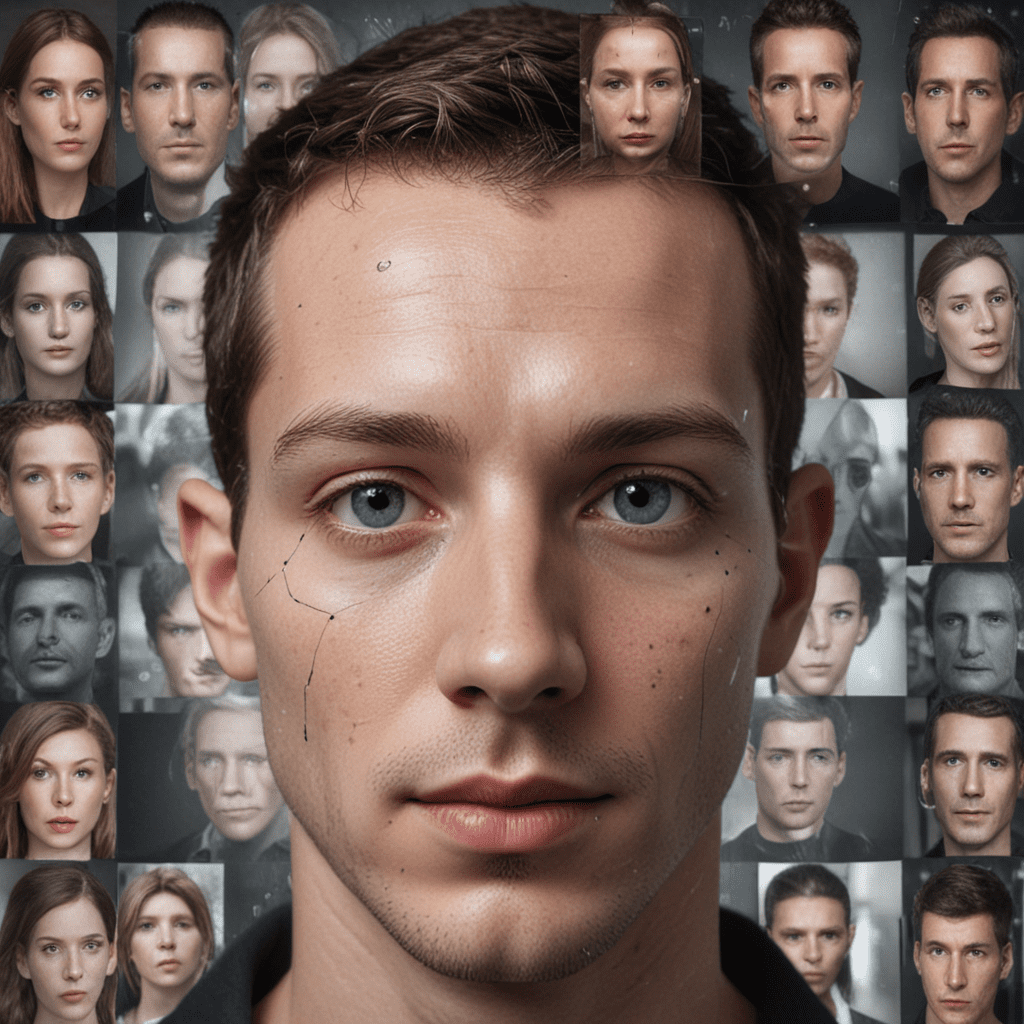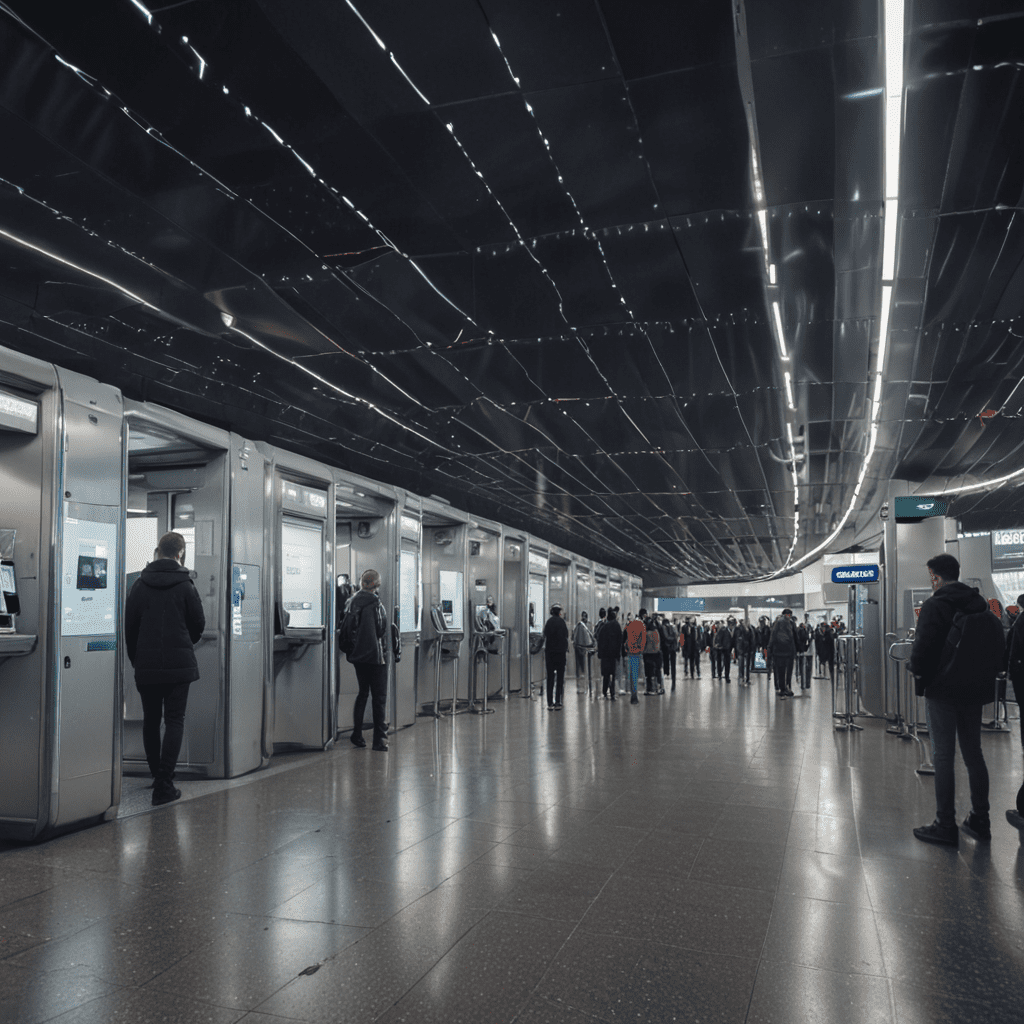The Future of Surveillance: Facial Recognition Trends to Watch
Facial recognition technology has emerged as a powerful tool in the field of surveillance, offering a range of benefits and applications. As technology continues to advance, various trends are shaping the future of facial recognition, each with its own implications for privacy, security, and efficiency.
1. Advancements in Artificial Intelligence
Artificial intelligence (AI) plays a fundamental role in facial recognition systems. With ongoing advancements in AI algorithms and machine learning techniques, the accuracy and reliability of facial recognition systems are expected to improve significantly. This will enable more precise identification and analysis of facial data, expanding the capabilities of surveillance systems.
2. Increased Prevalence in Public Spaces
The use of facial recognition technology in public spaces is becoming increasingly prevalent. Governments and law enforcement agencies are implementing facial recognition systems in airports, train stations, and other high-traffic areas. This enhances public safety by enabling real-time identification of wanted individuals or potential threats. However, it also raises concerns about privacy and the potential for misuse.
3. Integration with Body-Worn Cameras
Body-worn cameras used by law enforcement officers are now being integrated with facial recognition capabilities. This allows officers to identify individuals in real-time, enhancing situational awareness and response time. By capturing facial data and cross-referencing it with databases, officers can quickly access information on wanted individuals or suspicious activity.
4. Law Enforcement Applications
Facial recognition technology is revolutionizing law enforcement by providing new tools for criminal investigation and prevention. It assists in identifying suspects, locating missing persons, and solving crimes. Law enforcement agencies are leveraging facial recognition to enhance their capabilities and improve public safety.
5. Biometric Data Protection
As facial recognition systems become more sophisticated, concerns about the privacy and security of biometric data arise. Governments and organizations are developing regulations and best practices to protect individuals' biometric data from unauthorized access, misuse, and potential discrimination. Ensuring the responsible use and protection of biometric data is crucial for maintaining public trust and preventing privacy breaches.
6. Facial Age and Gender Recognition
Facial recognition technology has advanced to the point where it can accurately estimate a person's age and gender. This capability is proving useful in various applications, such as age-restricted access control, demographic analysis, and missing persons identification. By analyzing facial features and comparing them to extensive databases, systems can make precise age and gender predictions.
7. Surveillance in Transportation Hubs
Airports, train stations, and other transportation hubs are deploying facial recognition systems to enhance security and streamline passenger flow. Biometric checkpoints allow for faster boarding processes, reducing wait times and increasing efficiency. Additionally, facial recognition helps identify suspicious individuals and prevent potential security threats in crowded transportation environments.
8. Workplace Monitoring
Organizations are exploring the use of facial recognition technology for workplace monitoring purposes. This includes time and attendance tracking, access control, and workplace safety monitoring. By integrating facial recognition with existing security systems, employers can automate employee verification processes and enhance workplace security.
9. Ethical Implications
The widespread use of facial recognition raises ethical concerns related to privacy, data security, and potential discrimination. As facial recognition becomes more pervasive, it is essential to establish clear regulations and guidelines to prevent misuse and protect individuals' rights. Balancing the benefits of facial recognition with ethical considerations is crucial for responsible implementation.
10. Emerging Use Cases and Regulations
Facial recognition technology continues to find innovative use cases across various industries. From healthcare and retail to finance and education, businesses are exploring its potential to enhance customer service, fraud prevention, and security. Governmental and international organizations are working to develop regulations and frameworks to guide the ethical and responsible use of facial recognition, ensuring public trust and privacy protection.
FAQs:
Q: Is facial recognition technology 100% accurate?
A: While facial recognition systems have made significant progress, they are not yet 100% accurate. Factors such as lighting conditions, facial expressions, and similar facial features can influence accuracy.
Q: How does facial recognition protect privacy?
A: Responsible use of facial recognition involves securely storing and protecting biometric data to prevent unauthorized access. Regulations and encryption measures ensure data privacy and minimize potential misuse.
Q: Can facial recognition be used for tracking individuals without their consent?
A: Unauthorized or unethical use of facial recognition for tracking individuals without their consent is a violation of privacy rights. Clear regulations and ethical guidelines govern the use of facial recognition to protect individuals' privacy.



